Akron Public Schools to use $96 million in stimulus funds to boost current initiatives
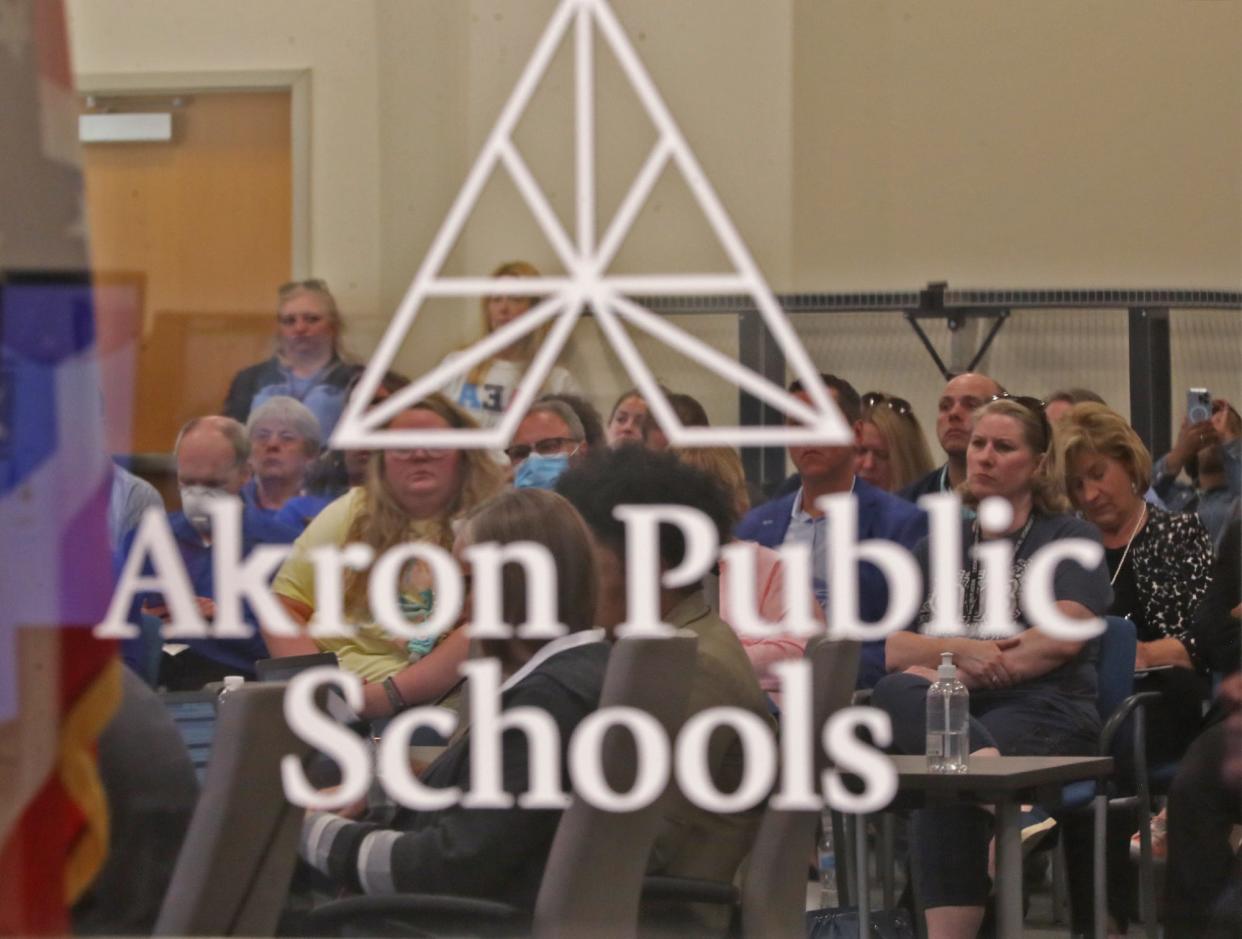
Akron Public Schools will not be trading its federal stimulus cash cow for magic beans.
With $96 million in federal stimulus money available, Akron Public Schools mostly plans to go deeper on and accelerate initiatives already in place, rather than blow up its current strategies in search of new ones.
After a year of planning, and with about 100 teachers in the audience, the administration during a school board meeting on Monday released its most in-depth plan to date for the spending of the $96 million over the next two school years.
The money will help expand current services like counseling, mental health supports and intensive tutoring, and will be used to make necessary safety upgrades to school buildings.
There also are new ideas, like grants for schools that teachers can apply for to help further learning in a way that would have the most impact on their classrooms.

The administration had previously announced eight to 10 priorities that would be funded, but on Monday leaders gave specifics on how much would be spent per priority, and some specifics on what that would entail, although the list was not exhaustive and not all line items had a dollar amount attached.
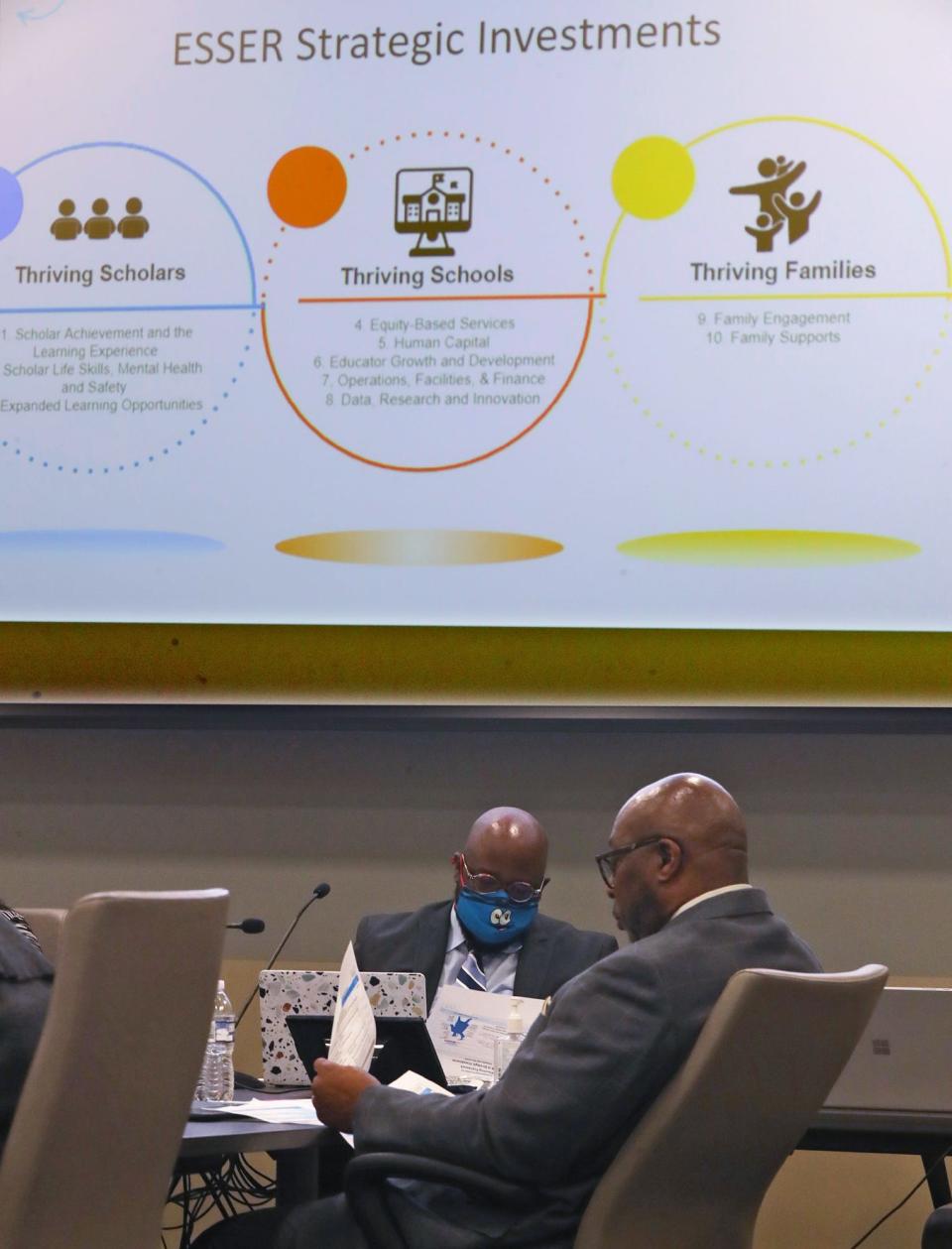
The biggest priorities include improving student achievement, at $12.1 million; student mental health and safety, $7.2 million; increasing learning opportunities like expanded summer school, $15.1 million; and $30 million put toward facilities and technology upgrades.
You can read the full list of priorities here.
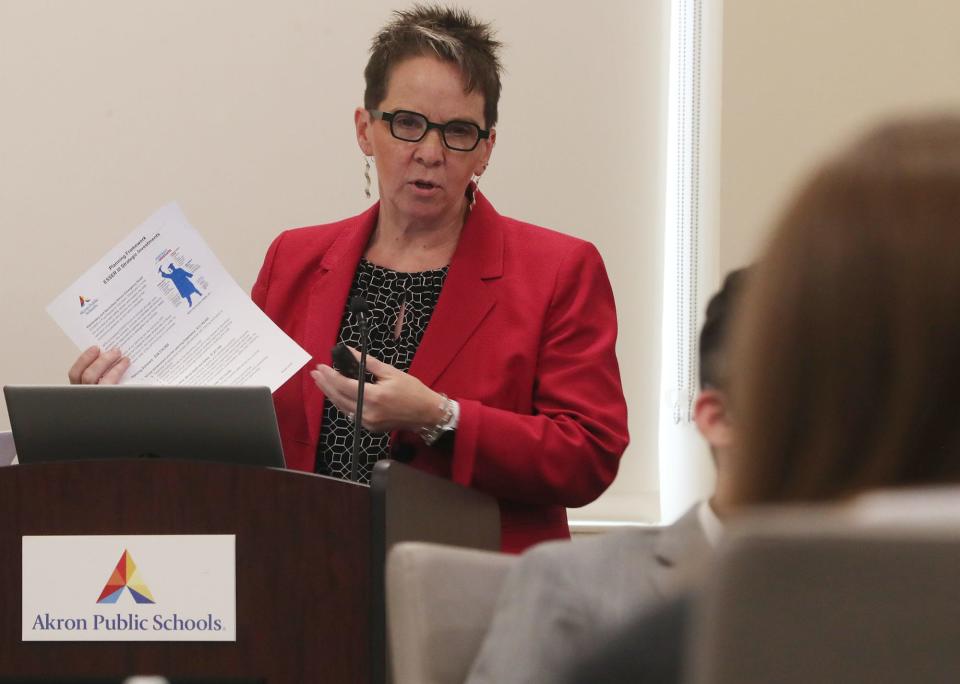
Ellen McWilliams-Woods, assistant superintendent and chief of academics, said the district already is going through the biggest transformation in its history, converting its K-12 system into the College and Career Academy model, so there was no need to go back to the drawing board when the district received the additional resources.
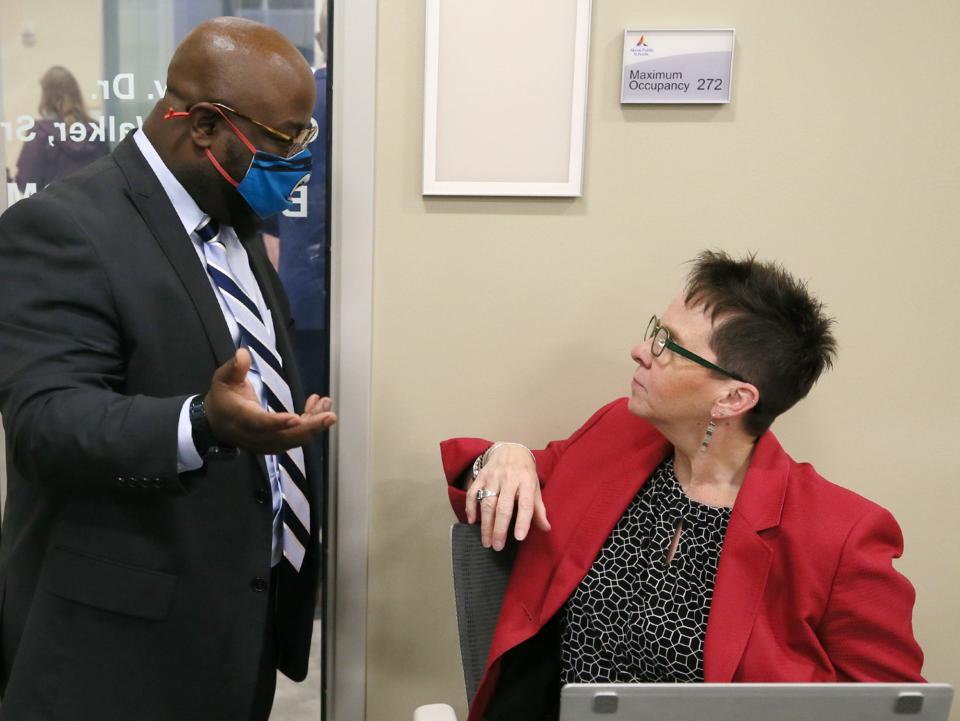
"This is a funding opportunity to deepen the work that we have planned in this district," McWilliams-Woods said. "This is not an opportunity to go off and do 500 different strategies than what our district focus has already been around."
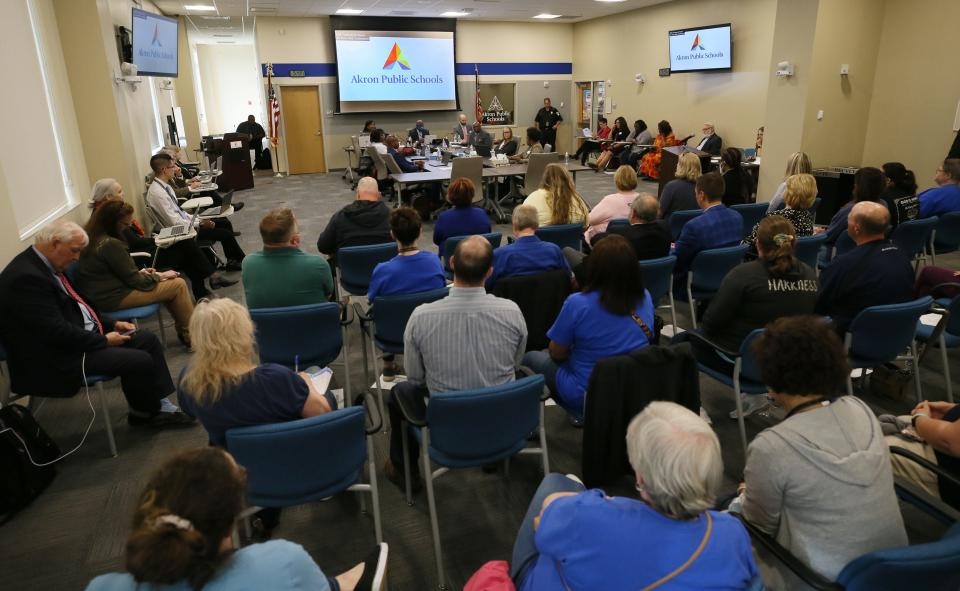
Two teachers spoke during the public comment portion of the meeting, alleging the district did not seek significant teacher feedback before creating the plan. Crowds of teachers in the board room and those listening to the livestream in the hallway cheered each colleague's statements about feeling neglected through the process.
"The absence of effort to seek meaningful engagement (with those) who have an incredibly high stake to seeing ESSER (Elementary and Secondary School Emergency Relief) funds directed to impactful areas for our students is a great concern to me," Barber CLC third grade teacher Ann Merendino said. "I believe there has been a non-existence of collaboration with employees who work directly with our students on a daily basis."
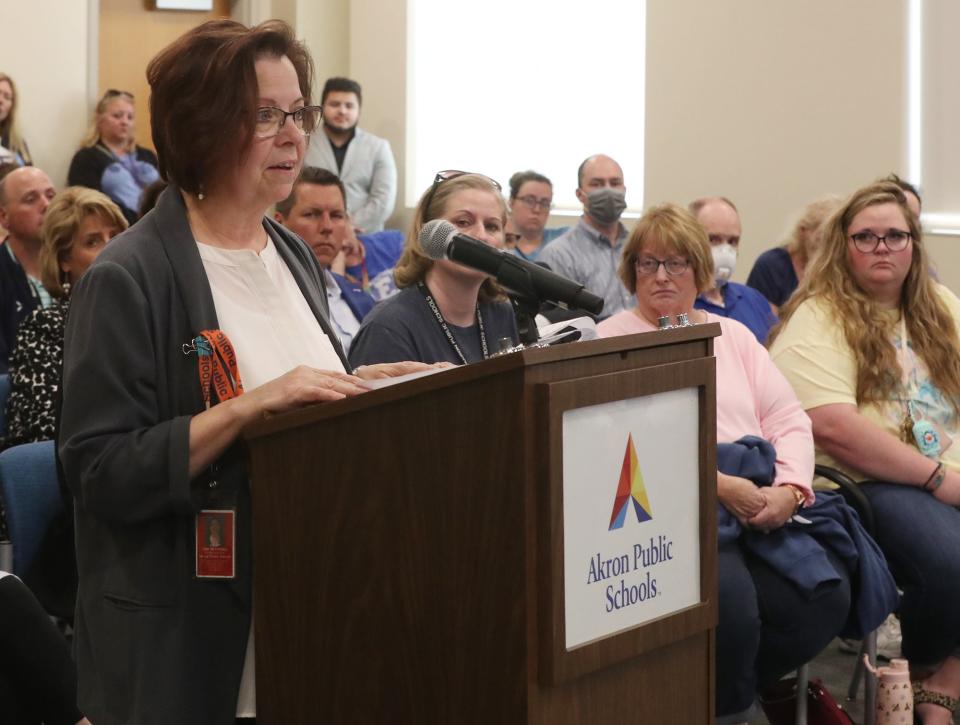
Akron Education Association President Pat Shipe, who is leading the ongoing contract negotiations for teachers with the administration, echoed those comments after the meeting. Shipe said it was hard to tell how the administration chose how much money each priority should receive and whether those initiatives truly are aligned with the framework in place for the academy model.
McWilliams-Woods said in addition to the survey, the administration tapped existing teams of stakeholders, some of whom are teachers, to create the plans for how their department's money would be spent.
But more engagement can still happen, she said, including meetings in each cluster of schools to seek feedback from teachers on the plan.
Other elements of the Akron schools funding plan
Other new elements the district would add under the plan include:
Additional social workers, including one to better support students who are transitioning from alternative programs back to traditional school buildings
Expanded elementary music and fine arts programs
Funding for schools to explore adjusting their academic calendars
Converting elementary libraries into spaces where students have space to innovate with technology
Grants for new community partnerships
Purchasing washers and dryers for schools
The district had the money this school year to add counselors so every elementary school would have its own, but it wasn't able to hire enough because of the timeline when the money was received. McWilliams-Woods said heading into the fall, that shouldn't be a problem, and every school will have its own counselor.
The administration also is planning a significant investment in expanded learning opportunities, including summer school, driver's education, partnerships for summer work experiences and more after school programming.
In addition, a heavy investment is planned for growing advanced course options, including Advanced Placement and College Credit Plus classes that can earn students college credit before they graduate high school.
School board urges Akron district to consider Kenmore-Garfield needs
Under facilities, the district is reserving about $17 million for major upgrades, including HVAC and other safety-associated systems to keep kids warm, safe and dry. It is not yet known which schools will receive those upgrades, but Akron has a handful of high needs in its buildings, including possible renovations of Kenmore-Garfield High School, which the school board on Monday pushed the district to consider.
The board passed a resolution asking the superintendent to report back in two months on the feasibility of renovating the building in the heart of the Kenmore neighborhood, with the intention of possibly moving Miller-South School of the Arts into that building once renovations are complete.
That would cost a minimum of $27 million, according to the draft of a consultant's recent report, and could come at the cost of doing another major building project in another area, like the North cluster, which has elementary schools that are bursting at the seams and a high school in an older building with no air conditioning.
Miller-South, however, also has $16 million worth of needs, so closing that building and moving students to Kenmore would take the needs of that building off the district's list.
Students in Kenmore-Garfield now will be moving to the new Garfield Community Learning Center in the fall.
Contact education reporter Jennifer Pignolet at jpignolet@thebeaconjournal.com, at 330-996-3216 or on Twitter @JenPignolet.
This article originally appeared on Akron Beacon Journal: Akron schools to use stimulus funds on facilities, academics, health

